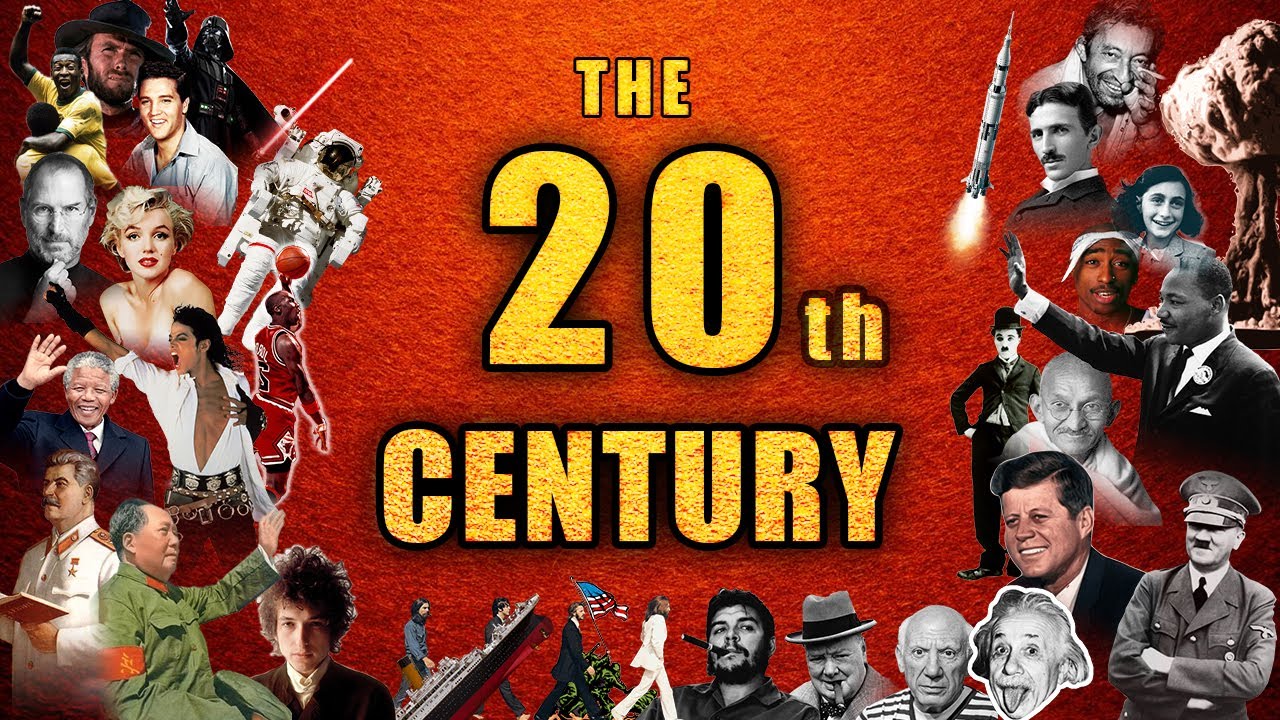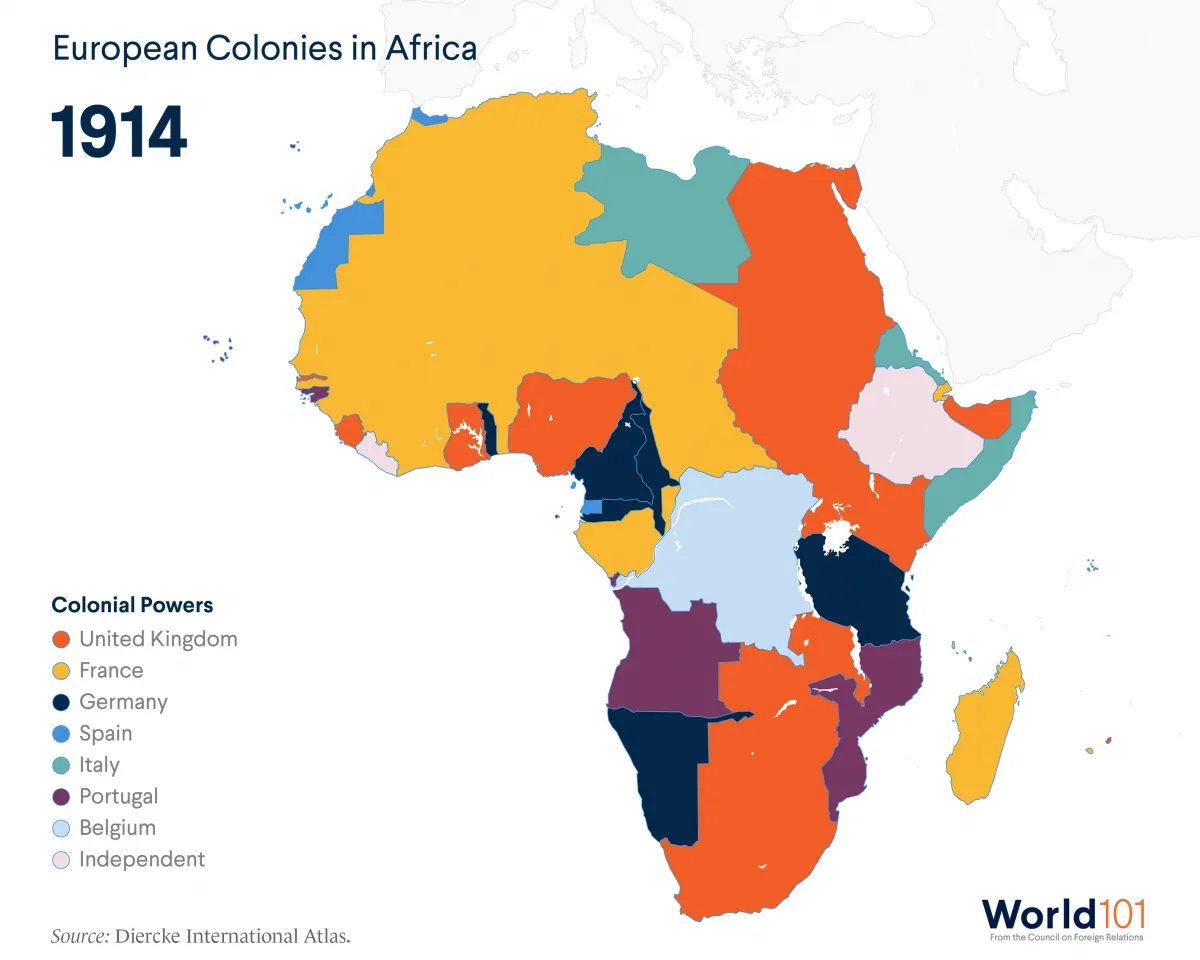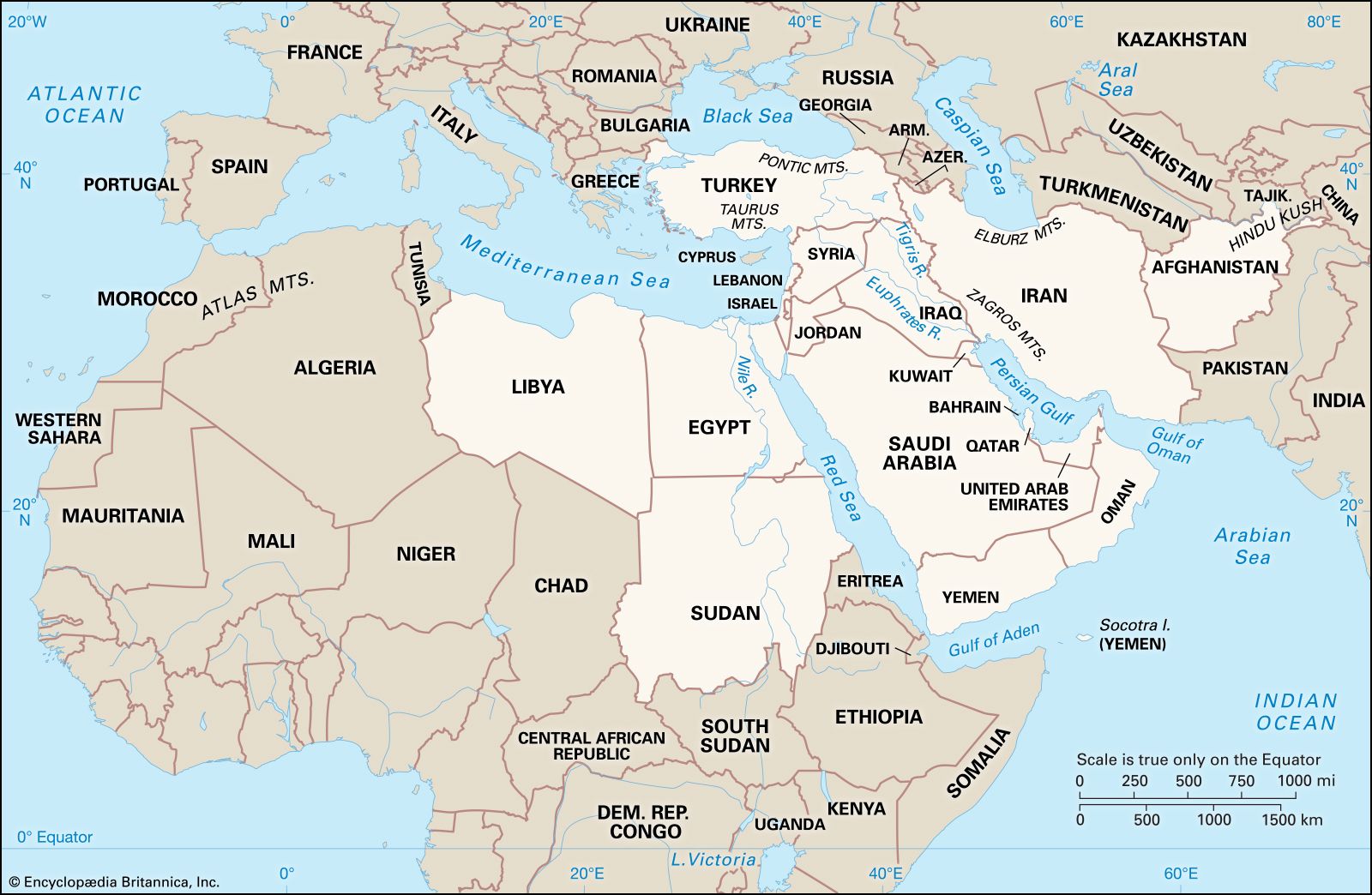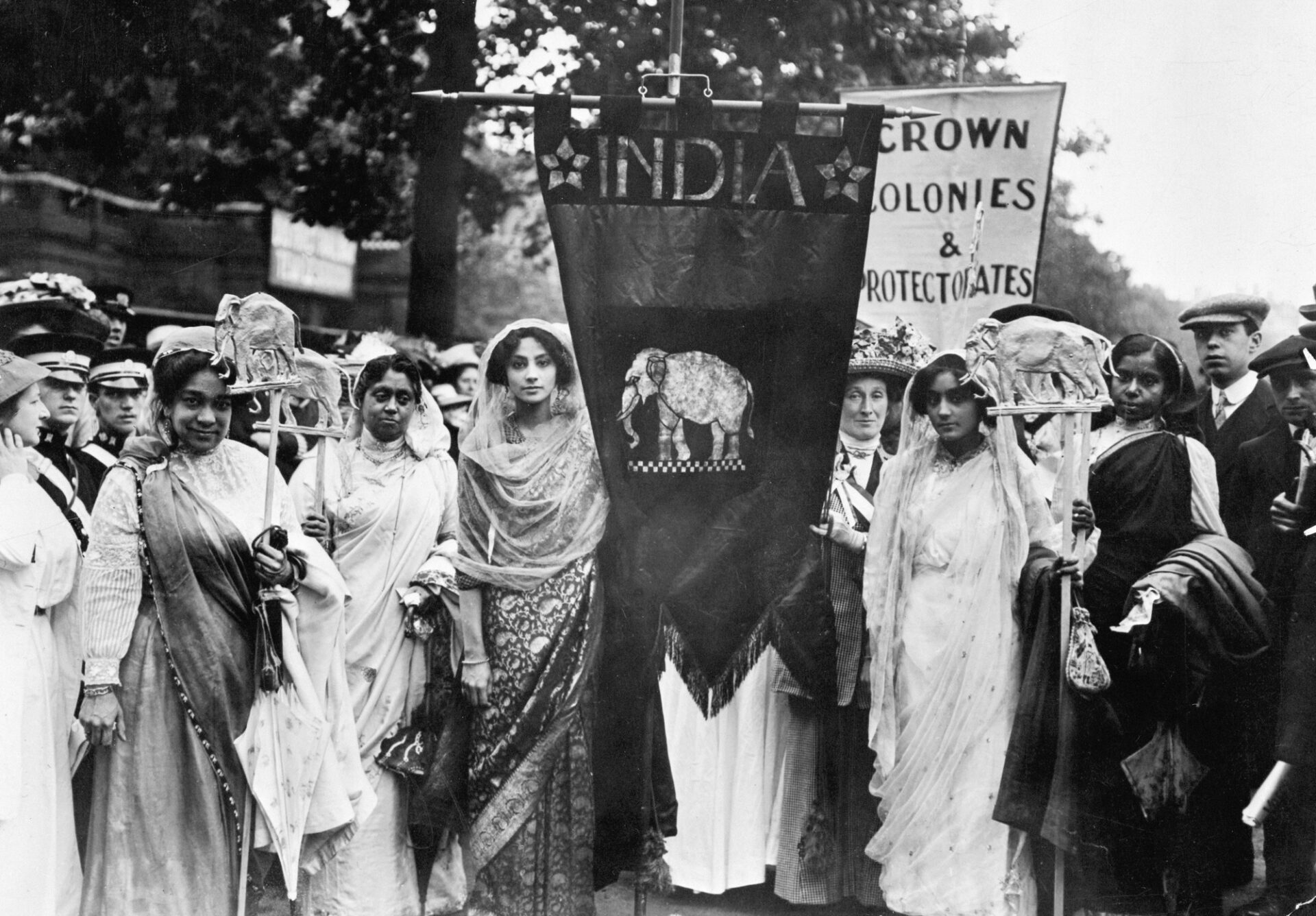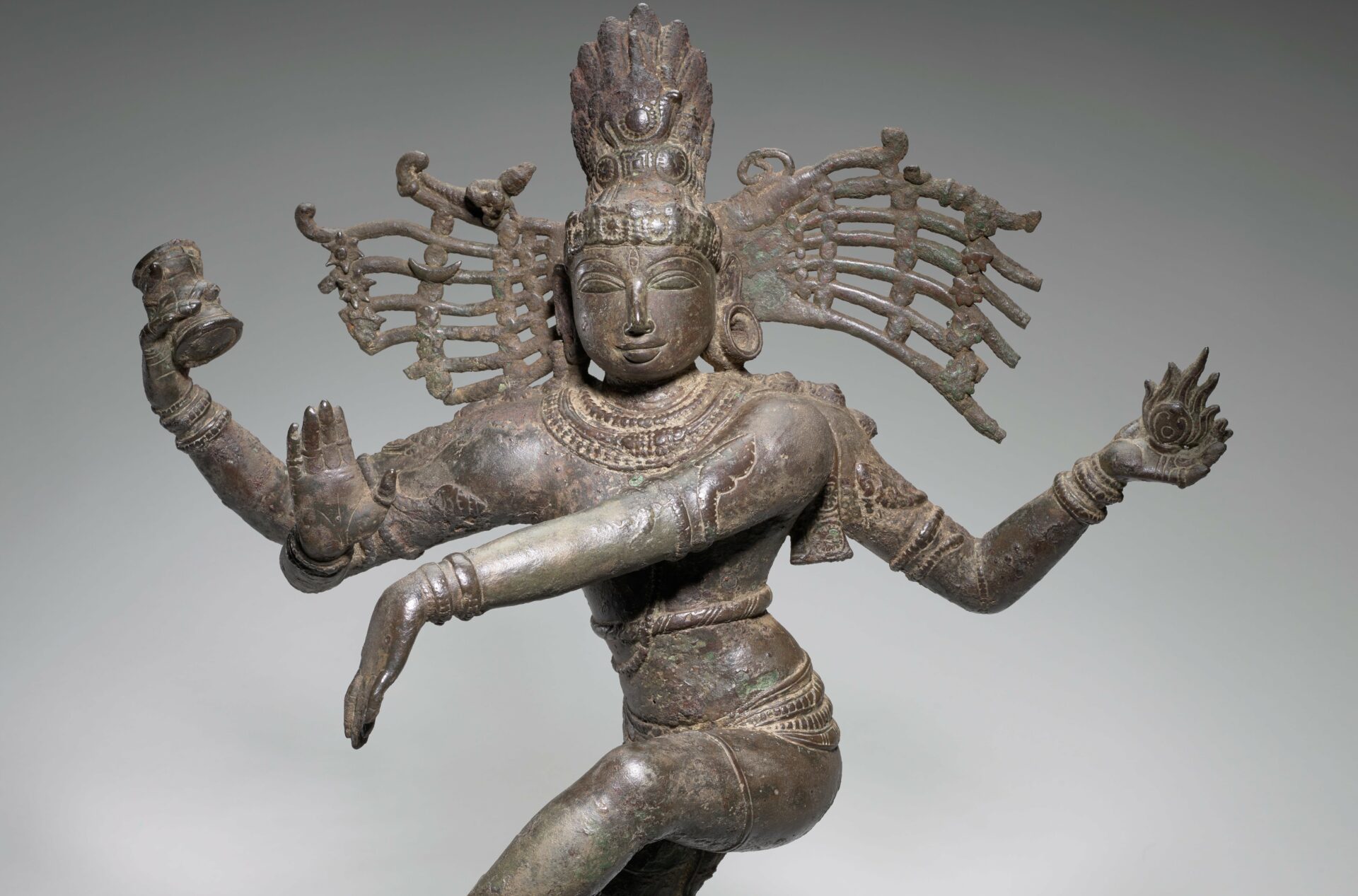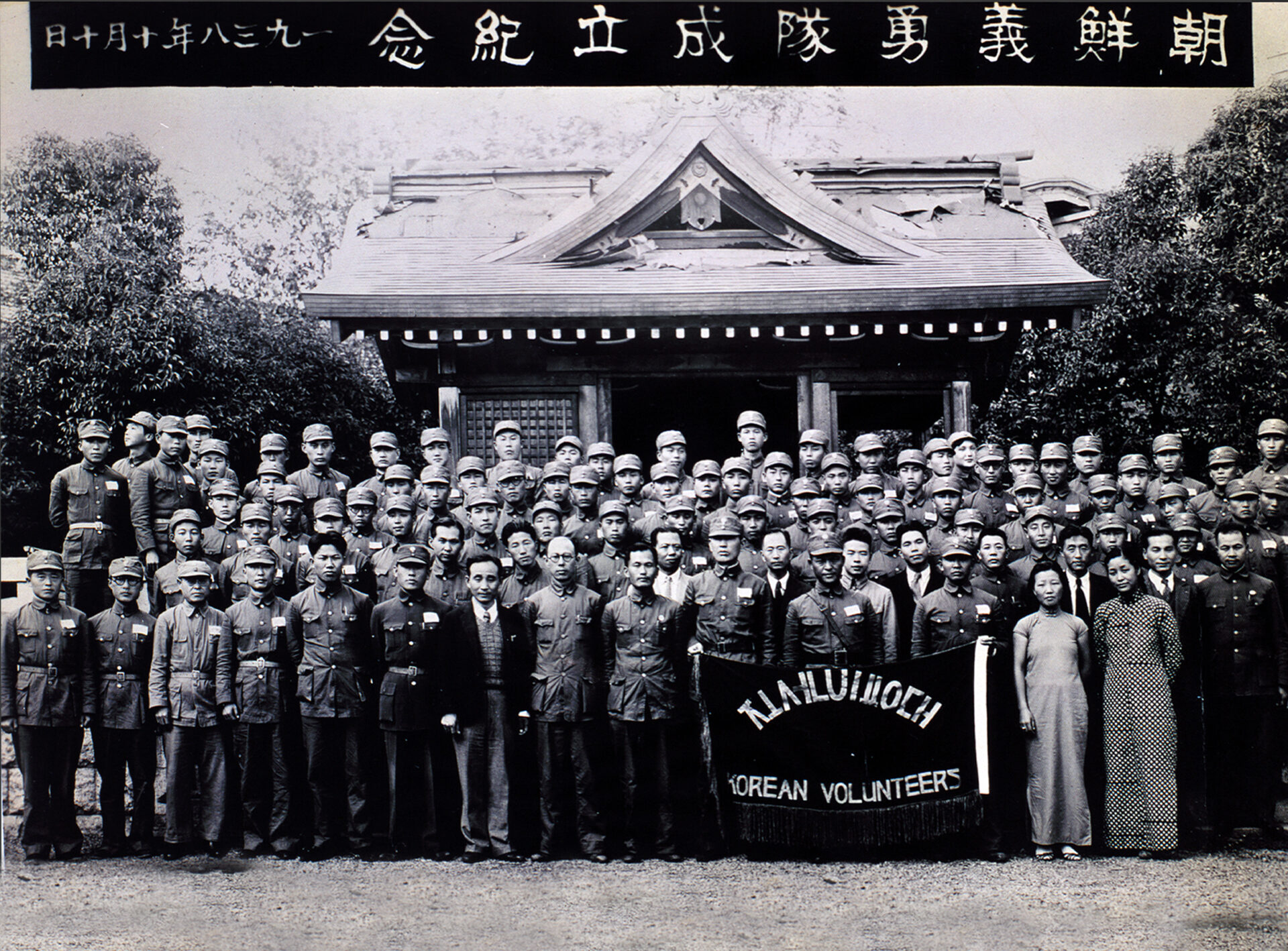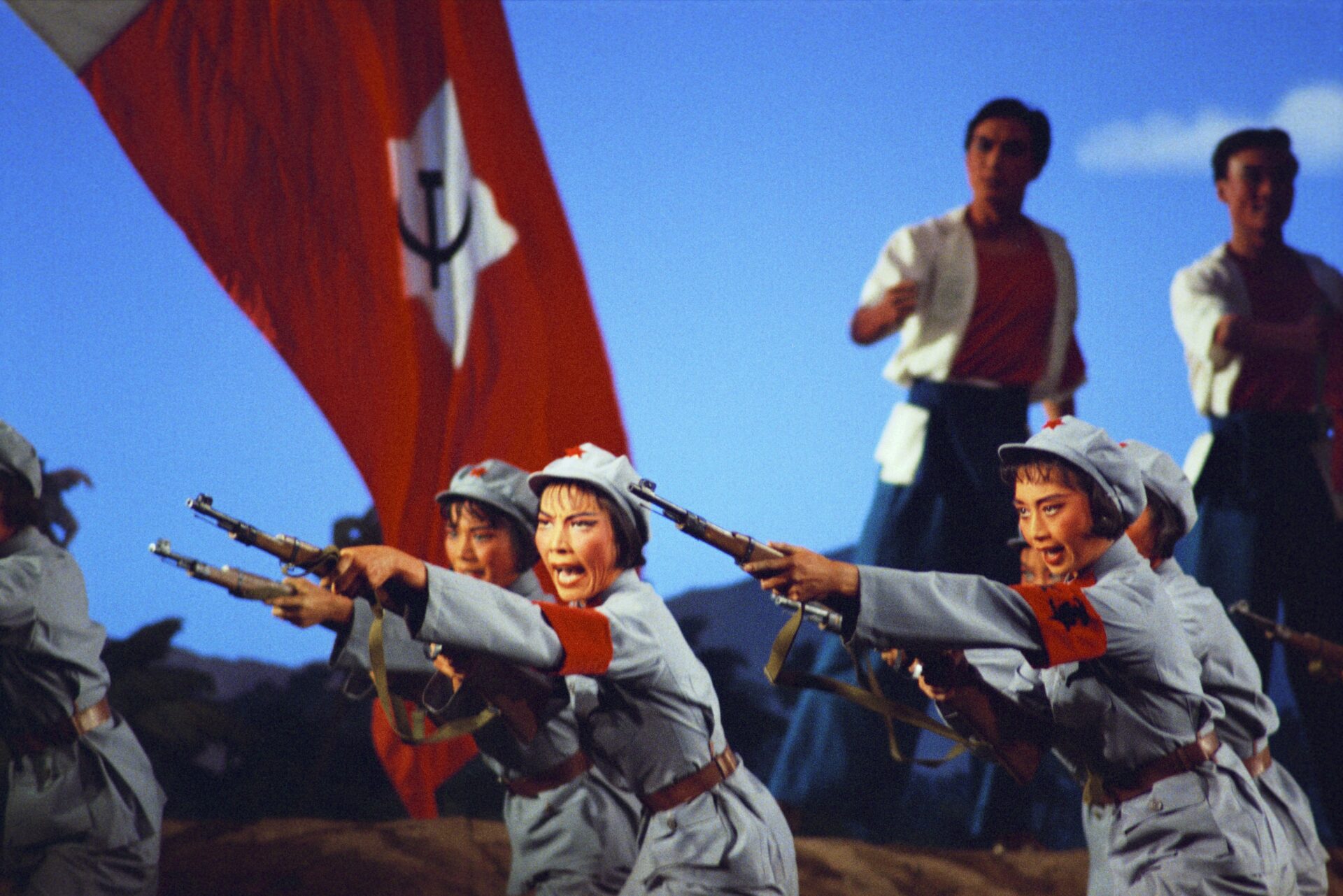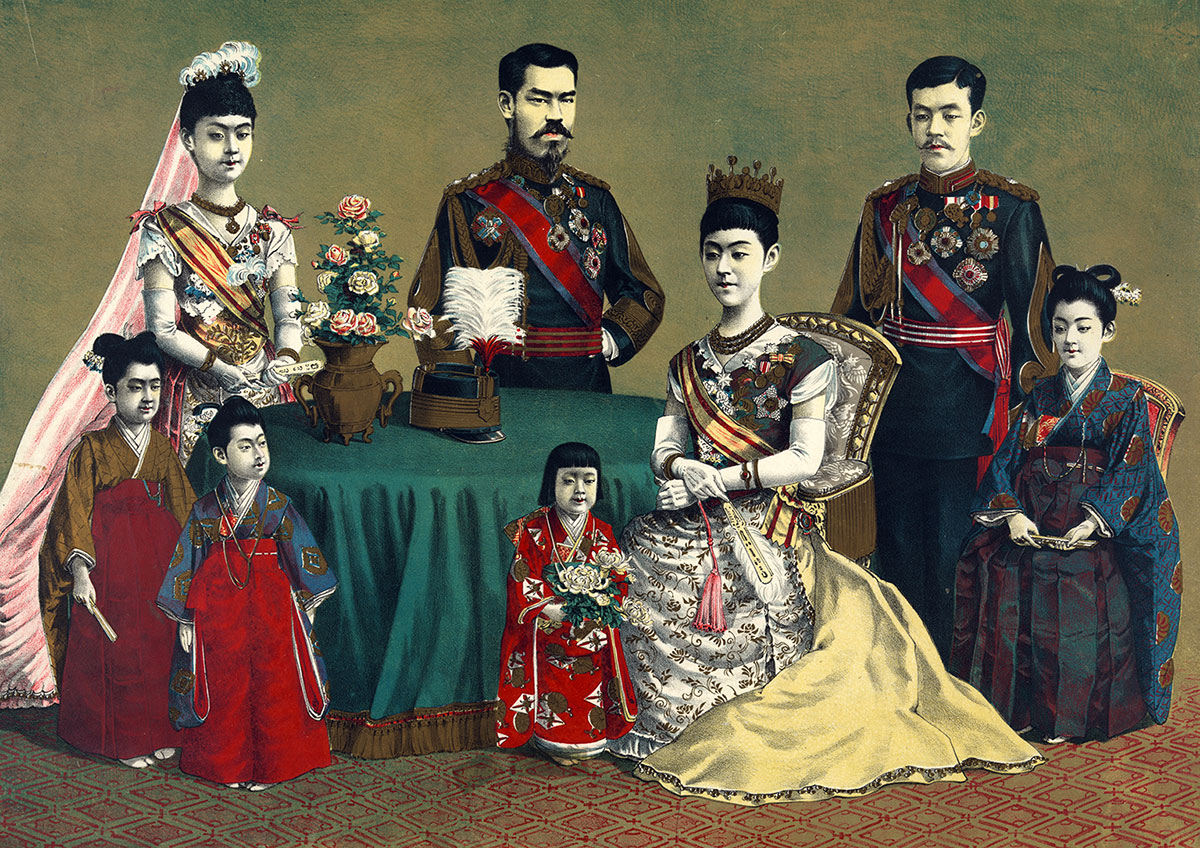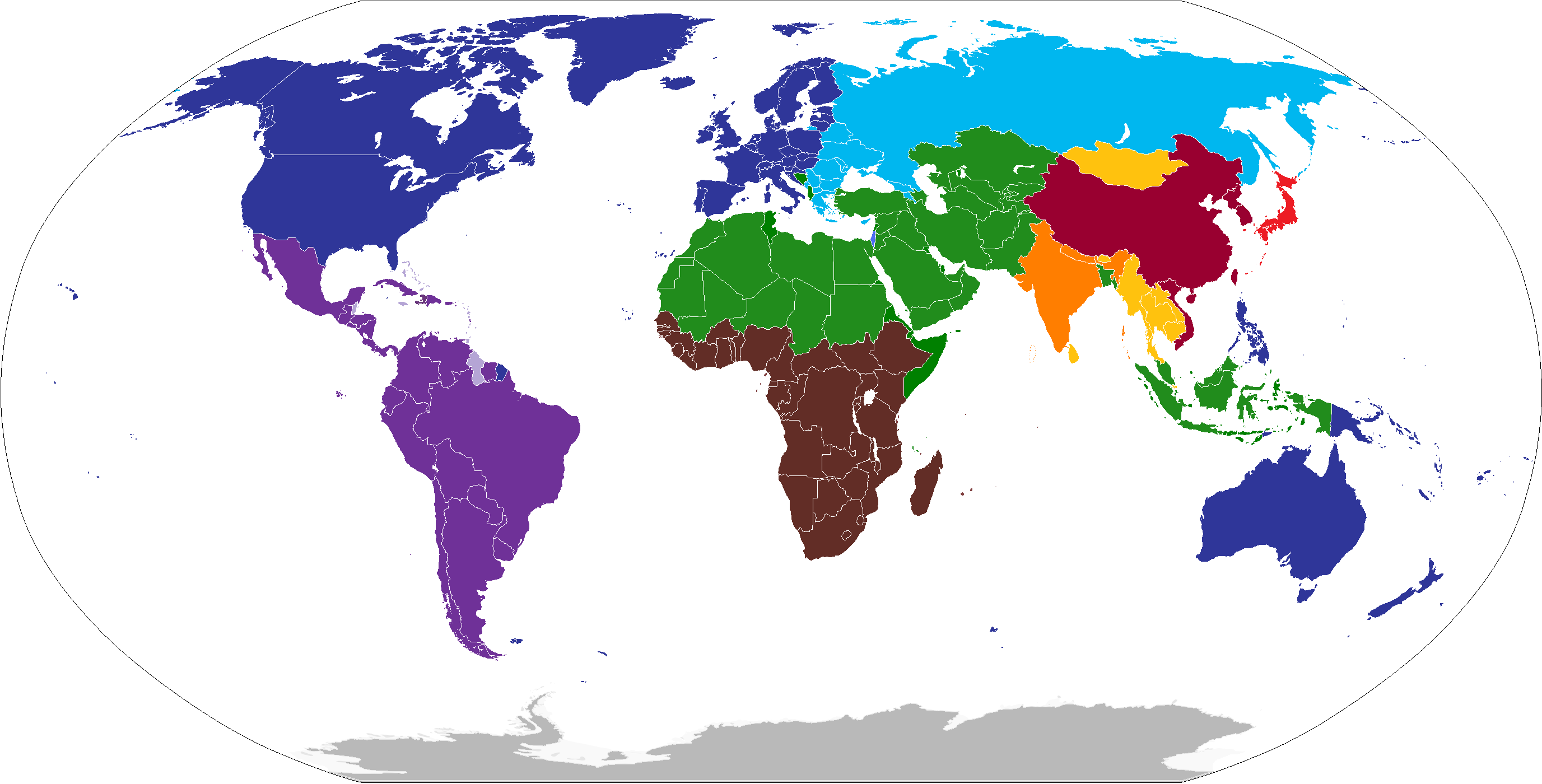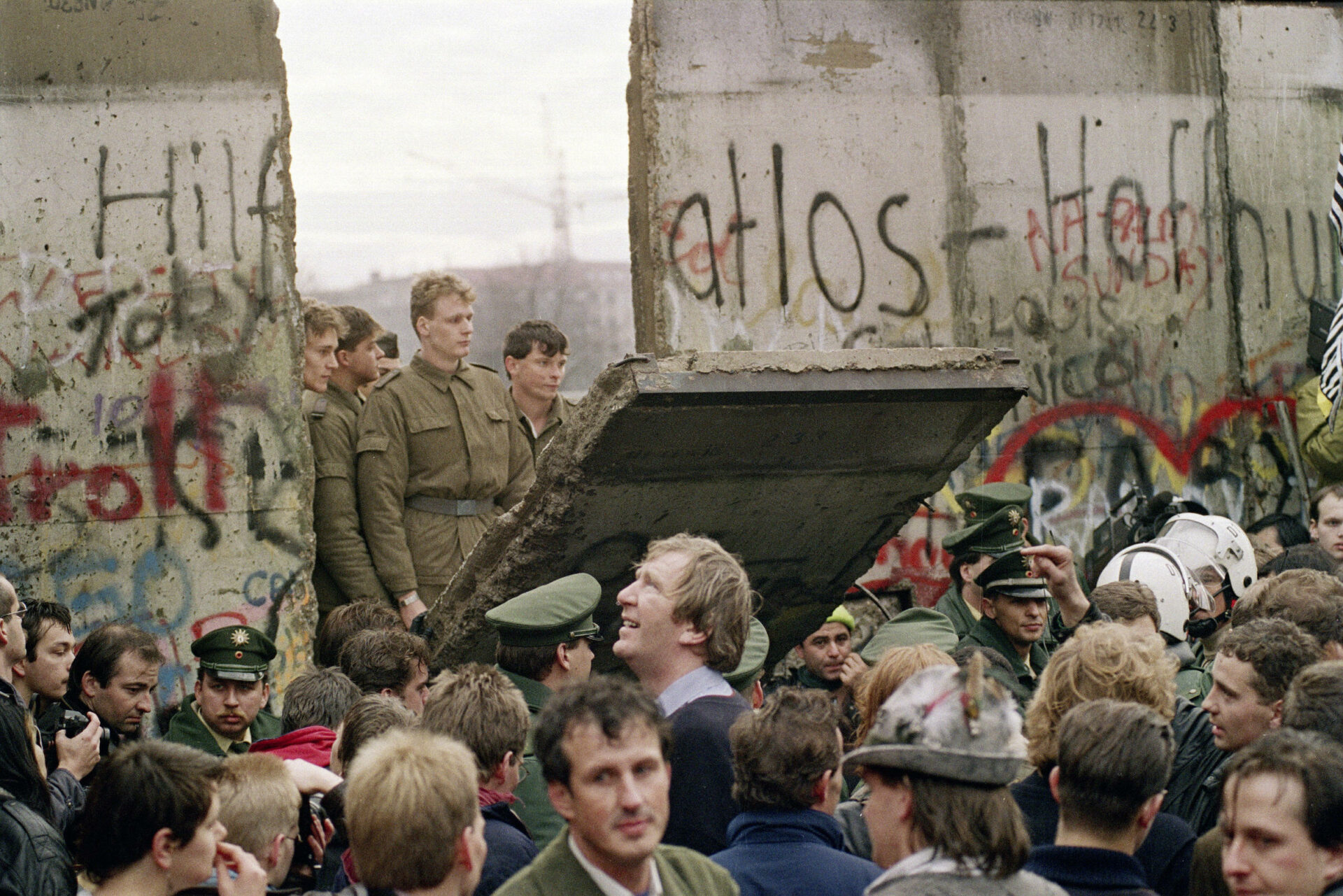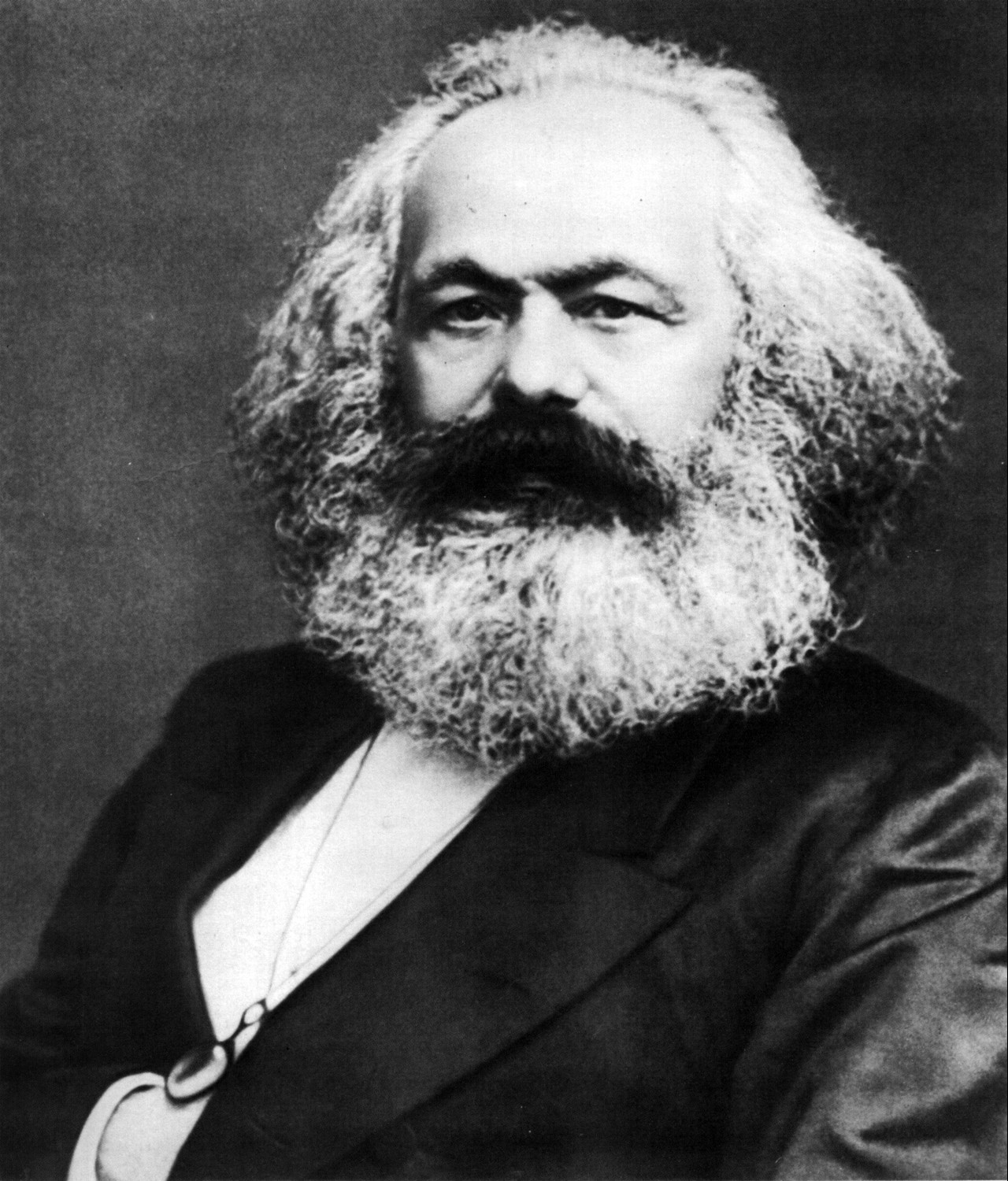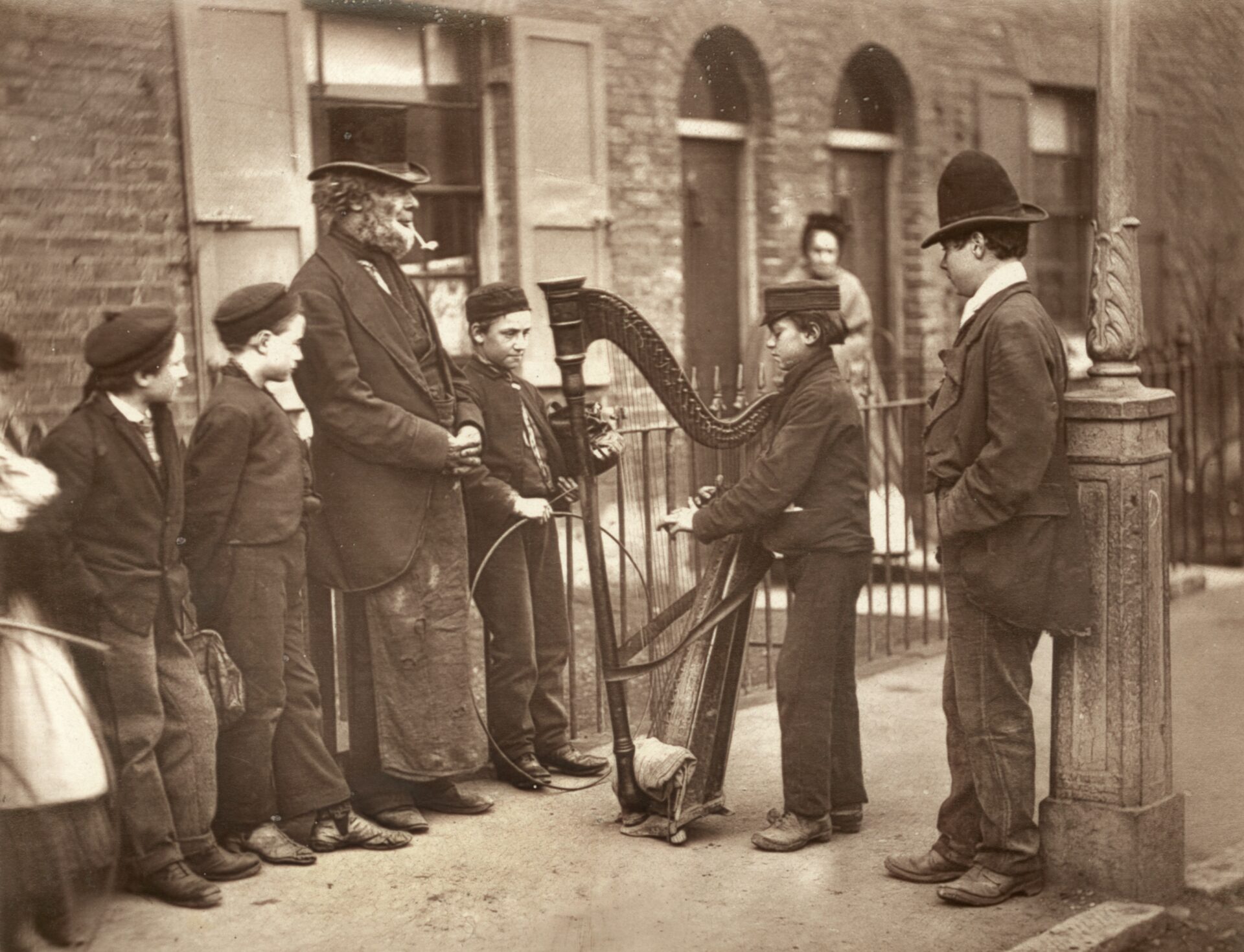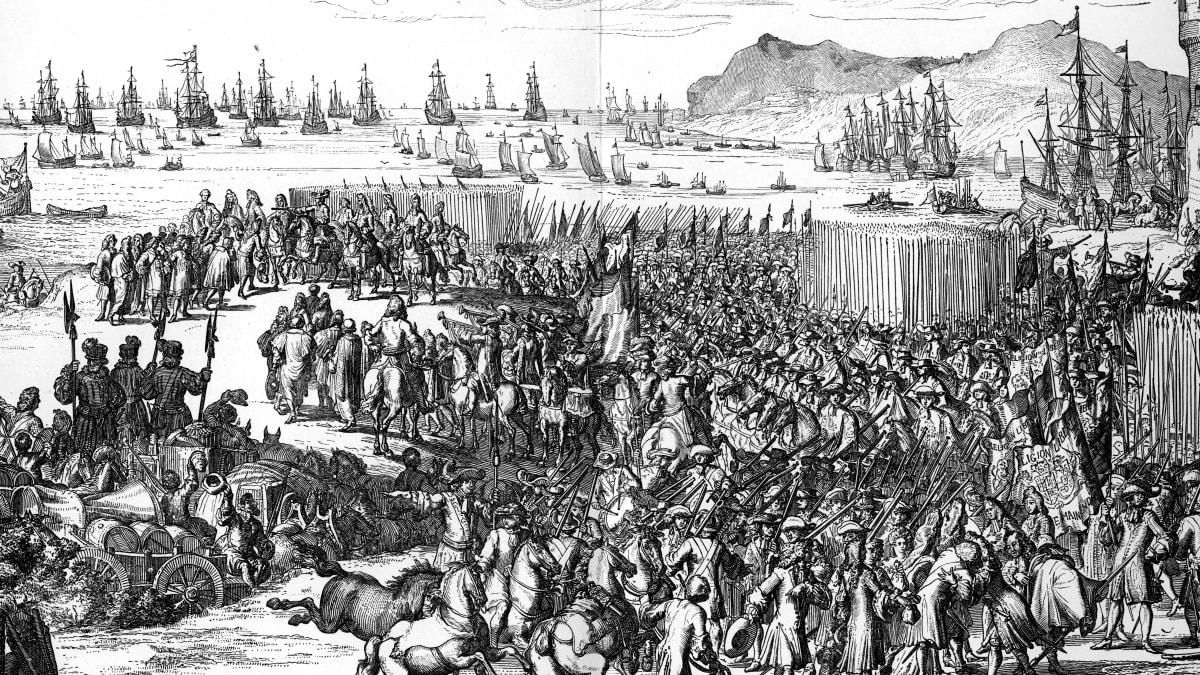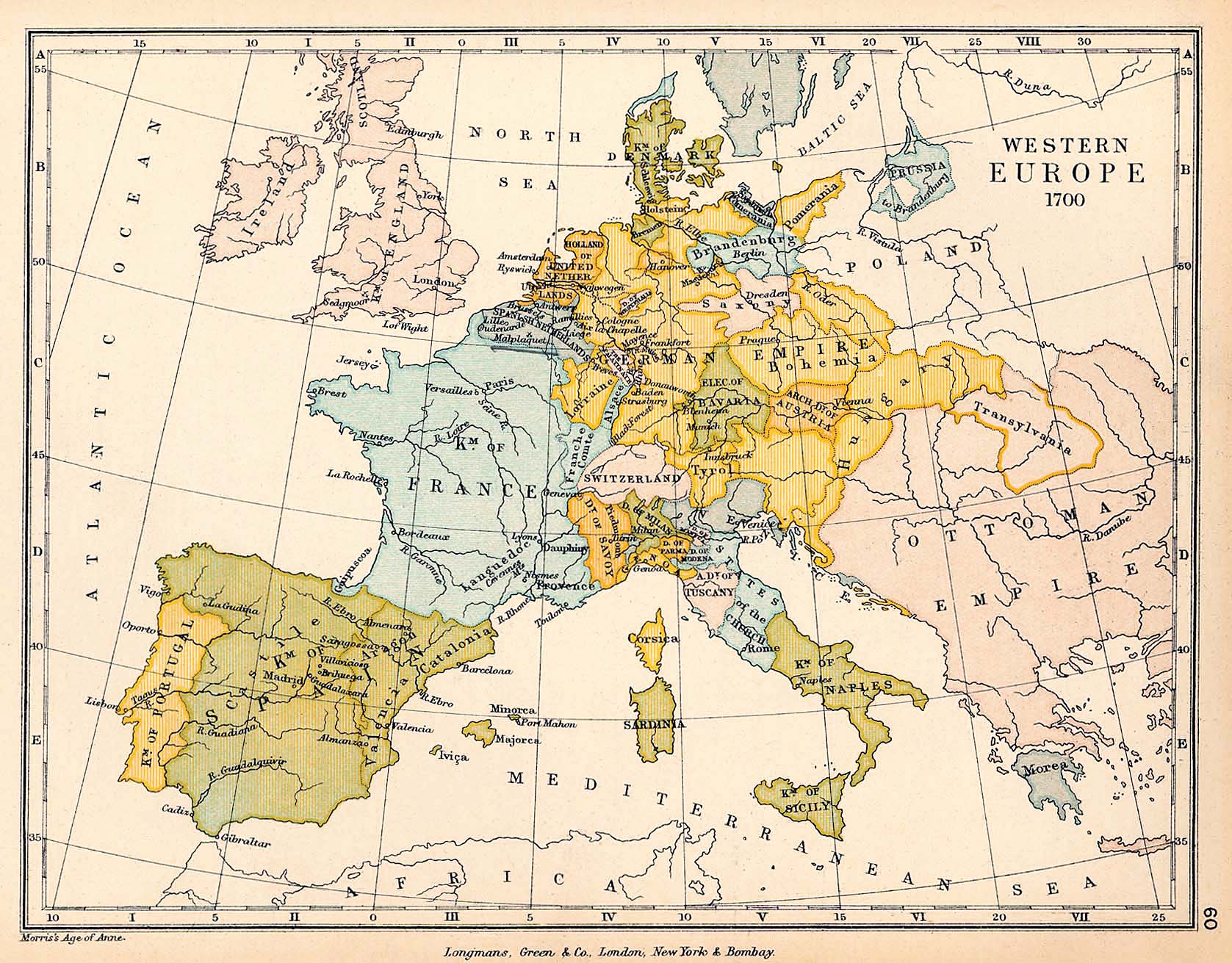The occupation of Japan was wholly American. Despite some strong opposition from American opinion, the emperor was left on this throne, deprived of his divine status, and subjected to the close control of the forces of occupation.
When the American occupation ended in 1952, the Japanese had made a promising start on a democracy of the Western type. Their economy grew so rapidly that it overtook France and West Germany, to rank third in the world after the Untied States and the Soviet Union.

